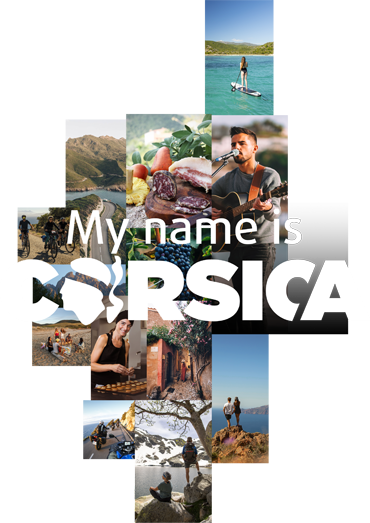Rechercher...
Explore Corsica
Top 5 best mountain lakes in Corsica to explore with your family
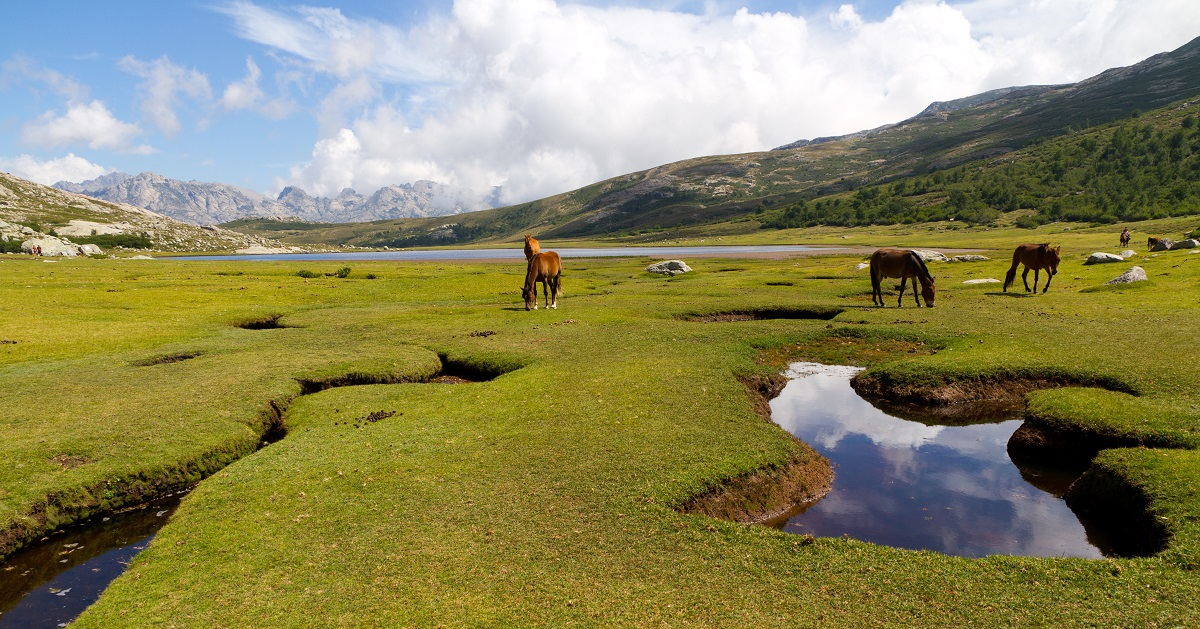 ©ADOBE STOCK
©ADOBE STOCK
1- Lake Crena (Creno): a hidden treasure in the heart of the Corsican mountains
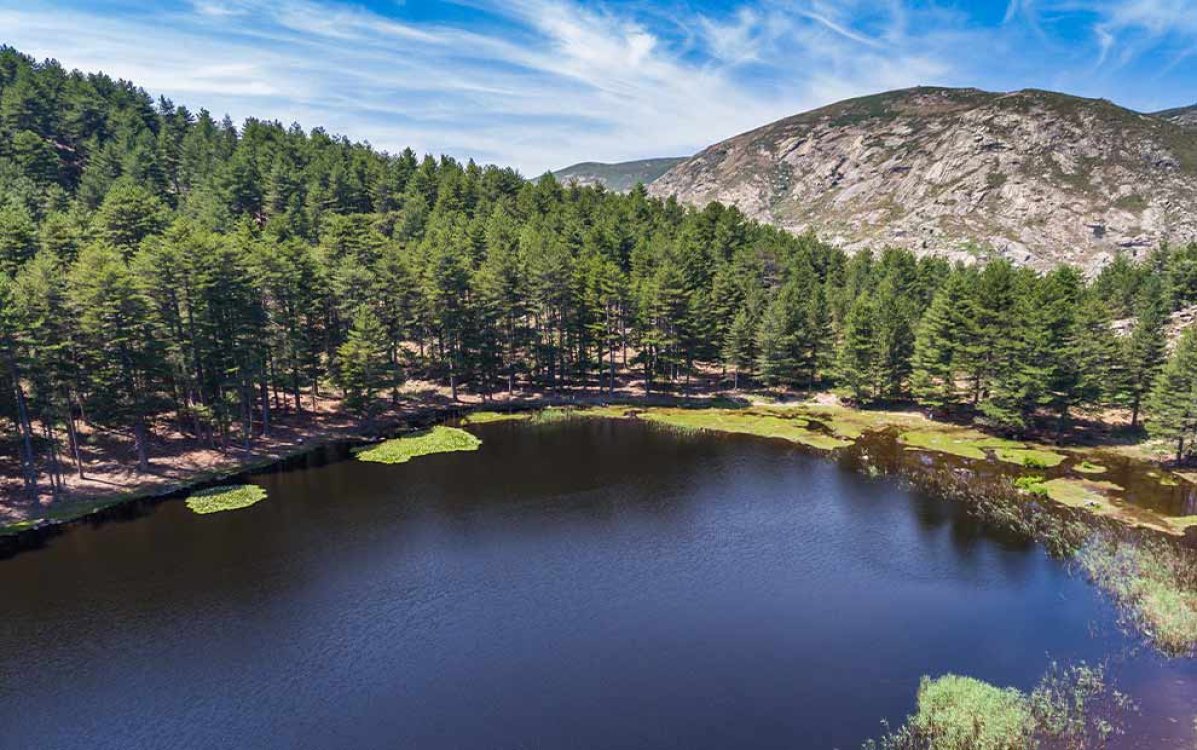 Pine-fringed lake in the heart of the Corsican mountains ©ADOBE STOCK
Pine-fringed lake in the heart of the Corsican mountains ©ADOBE STOCK
In the Monte Rotondu massif, at an altitude of 1,310 metres, Lake Crena (Creno) is accessible by hike. The only mountain lake with a forest atmosphere, it is surrounded by Laricio pines, one of the symbols of Corsica. Colourful water lilies and fish, salamanders, Corsican nuthatches and dragonflies inhabit its waters. To protect its biodiversity, swimming is prohibited.
Corsican water lilies, a natural spectacle not to be missed.
The water lilies begin to bloom in June. Their red and white colours contrast with the deep blue of the Corsican lake. For more information on the best hiking trails to the lakes, please contact the local tourist offices, such as Ouest Corsica or Corsica Aventure, or tourism professionals.
It is also recommended that you avoid approaching or feeding the pigs so that everyone can enjoy their visit in peace.
Accessibility: from Soccia.
Level of difficulty: easy hike, despite a 300-metre elevation gain. Allow around two hours for the round trip.
Activities: walk around the lake, picnic on the banks, nature watching.
2. Lake Todda (Tolla): mirror-like waters and protected nature
 Lake and village nestled in the heart of the Corsican mountains ©ADOBE STOCK
Lake and village nestled in the heart of the Corsican mountains ©ADOBE STOCK
At an altitude of 552 metres, Lake Todda offers a panoramic view surrounded by mountains. Its calm waters are ideal for swimming and water sports.
From May to September, you can hire paddleboards, canoes, kayaks and pedalos on site. Hiking enthusiasts can enjoy the shade of the hundred-year-old walnut and chestnut trees along the lake's shores. Covering an area of 5 km², it offers plenty of secluded spots for a family picnic.
Accessibility: upstream from the village of Todda, east of Aiacciu.
Level of difficulty: lake accessible by car, moderate hike along the lake (8.5 km distance, 600 metres elevation gain, approximately 4 hours of walking).
Activities: swimming, fishing, children's games, hiking around the lake, pedal boats and kayaks available for hire.
3. Lake Melu: a Corsican gem on the GR20 trail
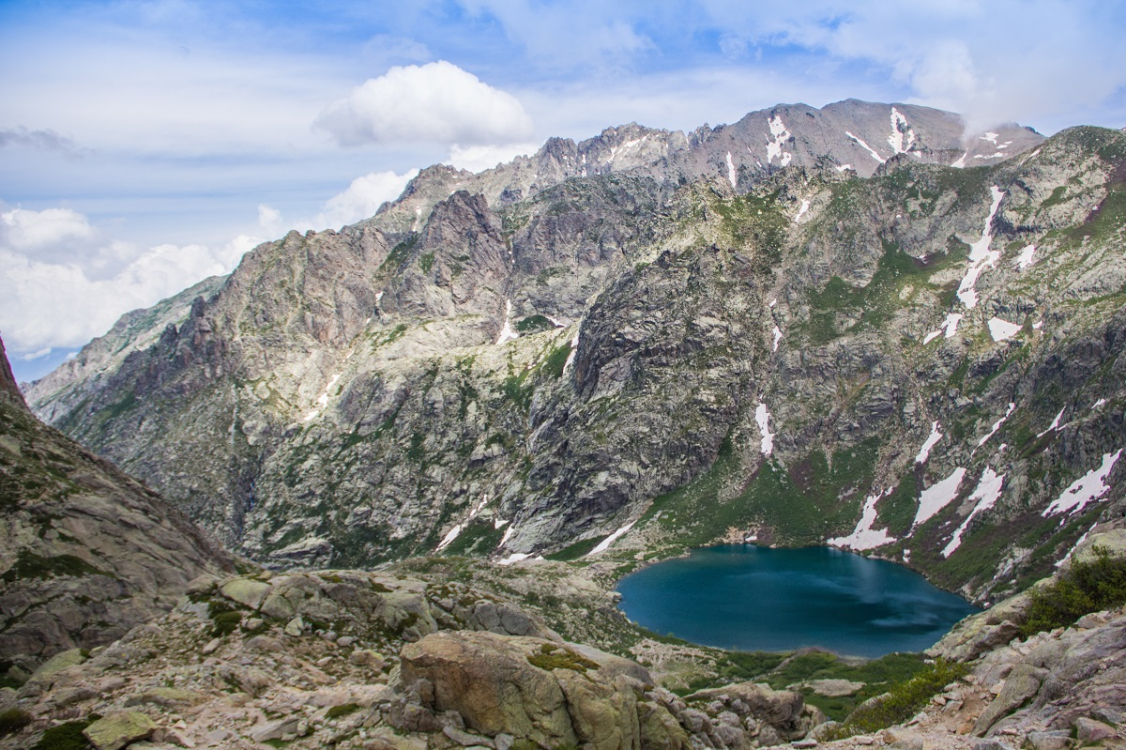 High-altitude lake nestled in the Corsican mountains©ADOBE STOCK
High-altitude lake nestled in the Corsican mountains©ADOBE STOCK
At an altitude of 1,711 metres, in the Restonica Valley, lies Lake Melu . This apple-shaped glacial lake surrounded by steep cliffs is frozen for six months of the year. A protected natural site, Corsican mouflon roam among its rugged mountains.
Accessibility: from the Grotelle sheepfold, near the town of Corti.
Level of difficulty: moderate hike, allow 1 hour. For more experienced hikers, take the GR20 with a descent from the legendary Capitellu breach.
Activities: hiking, picnicking, nature watching.
4. Lake Ninu: a walk among the pozzines
 Horses roaming free in the Corsican pozzines ©ADOBE STOCK
Horses roaming free in the Corsican pozzines ©ADOBE STOCK
Located on the vast Camputile plateau, Lake Ninu is surrounded by pozzines. These peat bogs, endemic to the Corsican Regional Nature Park, play an essential role in preserving biodiversity. Many plant and animal species find refuge here, such as the Corsican salamander and the macrostigma trout. There are many hygrophilous plant species here, including grasses, sedges, snow daisies and Corsican butterwort.
Pozzines are particularly fragile areas and must not be walked on under any circumstances. To preserve their natural balance, it is essential to stay on the marked paths and adopt an environmentally friendly approach.
Did you know?
All of Corsica's large mountain lakes are part of protected areas (nature parks, Natura 2000 sites, ZNIEFF sites, listed sites, etc.). Their classification depends on the presence of endemic species and the rarity of their habitats.
Accessibility: from the Poppaghia forest house in Albertacce.
Level of difficulty: moderate hike, allow 5 hours, 9 km round trip, 730 m cumulative elevation gain. Easier access is available for hikers from the Verghju (Vergio) ski resort or from the village of Evisa.
Activities: hiking, nature watching, discovering the pozzines.
5. Lake Bettaniella: serenity in the heart of the Corsican mountains
 Mountain lake in the heart of the Corsican peaks ©adobe stock
Mountain lake in the heart of the Corsican peaks ©adobe stock
The largest natural lake in Corsica, Lake Bettaniella (sometimes called Lake Rotondu) offers many hiking trails. Nestled at an altitude of 2,100 metres at the foot of the imposing Monte Rotondu (2,622 m), this glacial giant covers seven hectares. Frozen for almost seven months, the waters of this Corsican lake reflect the peaks. Rock and ice combine to create a breathtaking landscape.
You may be lucky enough to spot a yellow-billed chough, a bearded vulture or a griffon vulture.
Accessibility: from the Cervello forest, south of Venacu.
Level of difficulty: difficult hike, allow 9 hours, 18 km, 1,720 m of cumulative elevation gain.
Activities: hiking, nature watching, picnics.
What to bring for a successful family outing
A comfortable hike requires good walking shoes for the whole family. Bring enough water and a picnic for a contemplative break at the lake. Bring complete sun protection (sunglasses, hat, sunscreen). At high altitudes, the sun is more intense even when the temperature is low.
Our top five best mountain lakes in Corsica promise memorable family hikes. Between pine forests and rugged peaks, discover unique flora and fauna in their preserved natural habitats.
Before setting off, be sure to check the weather forecast and equip yourself accordingly (hiking boots, water, suitable clothing). Conditions can change quickly in the mountains.
These ecosystems are fragile. To preserve biodiversity, stay on the marked trails, do not pick plants, do not leave any rubbish behind and avoid disturbing wild animals. Be responsible so that these landscapes remain accessible to everyone, today and tomorrow.
Locate
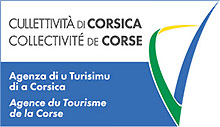

powered by cd-media.fr



